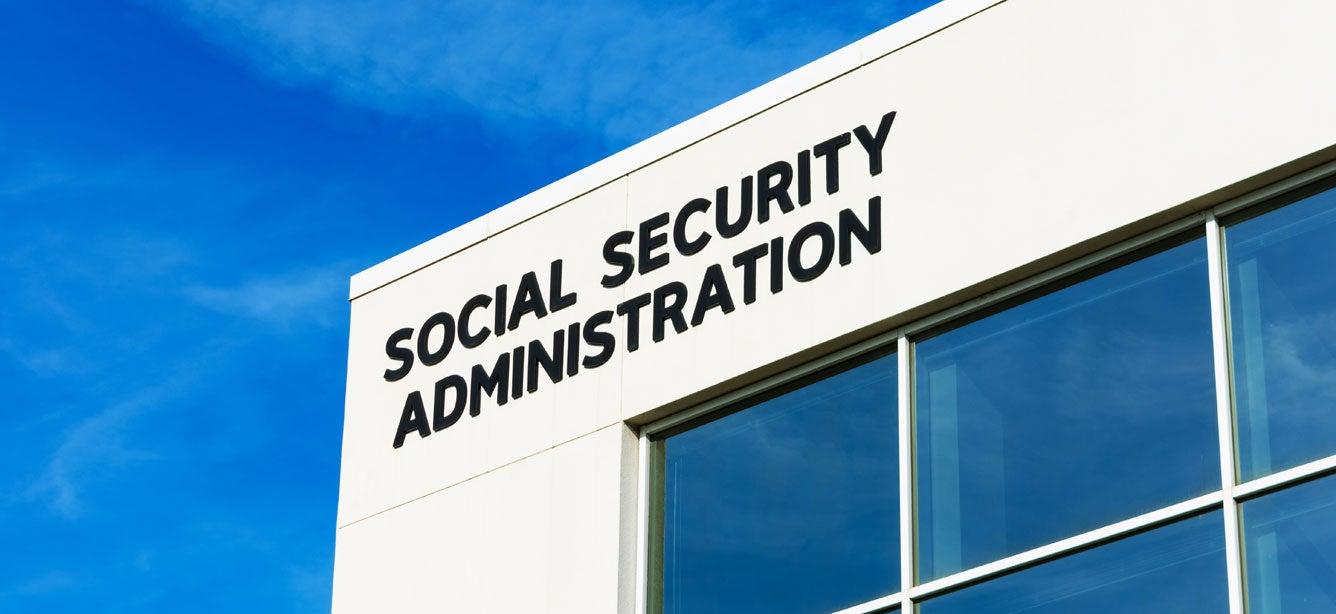
If you’ve been approved for Social Security Disability Insurance (SSDI), one concern you may have is health benefits. This is especially true if you’ve lost your primary medical coverage after being unable to work for a period of time.
Do you qualify for Medicare if you are on Social Security Disability Insurance?
Having a disability affects your Medicare options in two ways:
- You can be enrolled automatically (earlier than age 65) if approved by the Social Security Administration (SSA) to receive SSDI benefits based on certain disabilities. What disabilities qualify for Medicare under 65? They include Amyotrophic lateral sclerosis (ALS, also known as Lou Gehrig’s disease) and End-stage renal disease (ESRD).
- After drawing SSDI for 24 months (two years), you are automatically enrolled in both Medicare Part A and Medicare Part B (also known as “original Medicare”) starting at the 25th month and will receive a Medicare card in the mail. In some cases, you can receive Medicare in less than two years if Social Security determines that your disability started before the disability application date.
How does Medicare work with Social Security Disability Insurance?
Here are five things to know about Medicare and SSDI:
1. You may be able to unenroll or prevent enrollment in Medicare Part B
Part A is free for most people, but Part B charges a monthly premium ($202.90 for most people in 2026). Can you decline Medicare coverage? You cannot decline Part A unless you are willing to pay back all the SSDI benefits you received. That means you will most likely need to keep it, even if there is coverage from a spouse’s employer insurance. With employer coverage, you have the freedom to disenroll from Part B. It is important to consult the employer’s human resources office to understand how their plan works with Medicare Part B.
If the company has 100 employees or more, the employer insurance will be primary (in other words, that insurance is billed first, and most likely covers more care than Medicare Part B). If the employer has less than 100 employees, then your Medicare insurance will be primary, and you will need to join Part B. If you decide you don’t want Part B, follow the instructions in the Welcome to Medicare packet or call 1-800-772-1213 for help disenrolling from Part B.
2. There are copays and deductibles (out-of-pocket costs) for people with disabilities
You might be wondering, “Do I have to pay for Medicare on SSDI?” Copays and deductibles will apply unless you’re using an employer’s insurance primary to Medicare, which may result in fewer out-of-pocket expenses. If you don’t have employer insurance and you are enrolled in original Medicare (Parts A and B), you may want additional coverage.
3. For most people (regardless of their disability status), the choice comes down to deciding between two main options
These two options are:
- Original Medicare (Parts A and B) combined with an optional Part D plan (prescription drug coverage) and/or
- An optional supplemental policy to cover the cost gaps in original Medicare. This plan may be Medigap (enrollment is limited for people under age 65 in many states) or a Medicare Advantage plan (a privately managed health plan that typically covers all of these services). Medicaid can also be a supplement to pay out-of-pocket costs for those who qualify for low-income benefits; rules vary by state.
4. There are two ways to pay for prescription medications on Medicare
Does Medicare pay for prescriptions? If you are not covered by employer insurance and haven’t signed up for a Medicare Advantage plan that includes prescription drug coverage, you will need to sign up for a Part D (prescription drug coverage) plan. In some cases, you may have been automatically assigned to a Part D plan if you get Extra Help or are enrolled in a Medicare Savings Program. Part D out-of-pocket costs are capped at $2,100 per year in 2026, which includes plans that are part of a Medicare Advantage plan.
To find out if you've been automatically enrolled in Part D, call 1-800-MEDICARE (1-800-633-4227). Speak with the representative to ensure all of your medications are covered in your plan—but if they are not, other plans are available. Your local SHIP (State Health Insurance Assistance Program) can also help you, offering free, unbiased Medicare counseling for older adults and their families.
5. You may be able to return to work and keep your Medicare coverage if your disability responds to treatment.
Talk to a representative at your local Social Security Office about how many hours you are allowed to work and still retain your SSDI payments. If Social Security Office considers your return “substantial gainful activity” (i.e. a paying job above a certain income level, depending on your disability), you are still eligible for Medicare for seven years. If the new employer provides health insurance, the employer insurance will become the primary payer (if there are more than 100 employees). Your Medicare will become secondary, but will still be available in case your circumstances change.
Additional questions regarding Medicare and SSDI?
If you need more help understanding your Medicare coverage options:
- Reach out to your local SHIP (State Health Insurance Assistance Program) or your local Aging and Disability Resource Center.
- Browse our Medicare resource library.



